17 Types of Telescopes and Their Uses (with Pictures)
Last Updated on
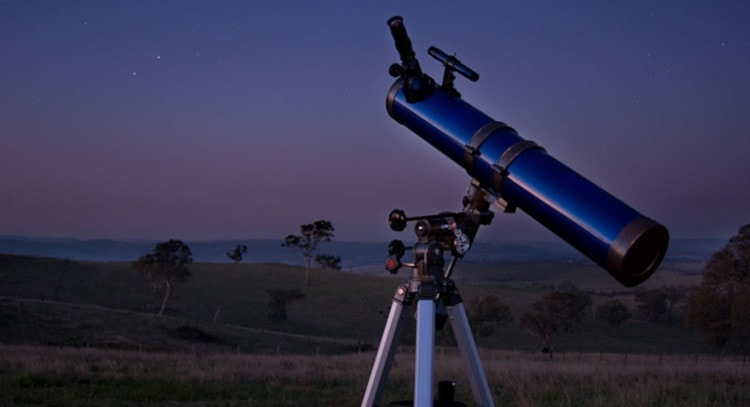
All telescopes magnify your view of space to let you see distant celestial bodies that you could never see with the naked eye. These devices refract light and magnify it to provide the image you see, but they don’t all do so the same way.
From refractor telescopes to infrared to Schmidt-Cassegrain telescopes, these tools take on a diverse array of looks and uses in various sizes. Some are affordable and meant for getting started in the science, others are high-tech and expensive, built for the professionals to view distant galaxies with the latest and greatest features.
To help clarify all the different types of telescopes, we’re going to briefly define and discuss each of these valuable tools in greater detail.
Consumer & Professional Class Telescopes
Telescopes can range in price from under $200 to tens of thousands. Naturally, only the top professionals and scientific institutions are going to shell out more than $10k for a telescope. But that doesn’t mean that the average person looking to explore the heavens should be left out.
Luckily, the consumer and professional class of telescopes is meant exactly for the average person to the advanced hobbyist. These telescopes are equipped with the useful tools and features you need to take your hobby to the next level, finding, tracking, and observing different celestial bodies.
But these telescopes are also built to fit into the average person’s budget. Telescopes in this class bridge the gap between professional astronomy tools and the telescopes used for beginners to get started with. They represent the best all-around value and will provide you with a great tool to expand your knowledge and love of astronomy.
The 17 Types of Telescopes:
1. Refractor Telescopes
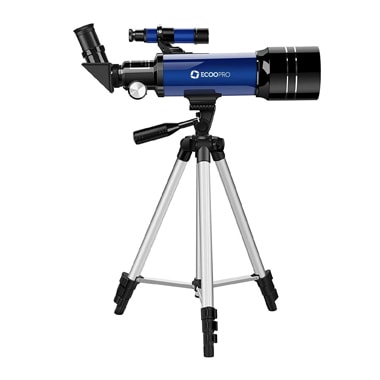
Refractors are a type of telescope built with lenses that refract light and send it along a focal path within the telescope tube. An eyepiece captures the light at its focal point, creating the image you see within. Below are 4 types of refractor scopes and their common uses.
2. Achromatic Telescopes
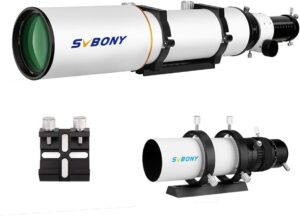
A refractor telescope gathers light at every wavelength, but not all wavelengths have the same focal length inside the telescope tube. This type of telescope creates chromatic aberration, a sort of fuzziness around the outside of the object you’re viewing as the light waves scatter toward the edges. An achromatic telescope uses a special lens made by combining Flint glass and Crown glass to achieve different light dispersion, correcting these aberrations.
3. Apochromatic Telescopes

Like an achromatic telescope, the apochromatic type of telescope uses a special lens to correct chromatic aberration. The apochromatic lens differs in that it disperses three wavelengths at a time instead of two. While apochromats contain the same glass as the achromatic lens, they typically also contain liquid between the lenses for added dispersion.
4. Superachromat Telescopes
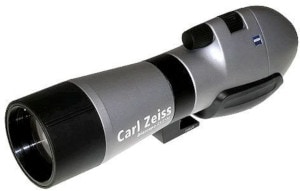
Like the apochromatic and achromatic lenses, a superachromat corrects aberrations by bringing different colors into focus at the same time. The superachromat is quartic, meaning it disperses four colors simultaneously. These highly fine-tuned lenses are built with expensive fluorite glass to achieve the best type of image correction.
5. Galileoscopes
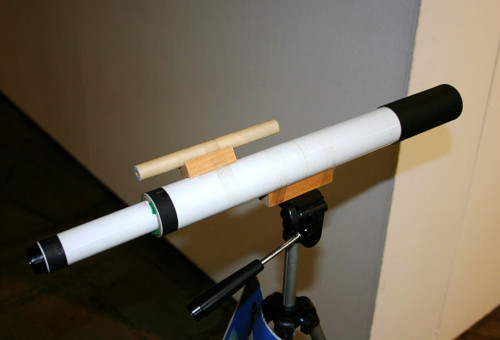
An inexpensive telescope produced for the 2009 International Year of Astronomy, a Galileoscope is a refractor scope built to bring astronomy to the masses. It is versatile enough to use with various eyepieces to enhance magnification, and economical enough for kids and amateur enthusiasts. Its narrow field of view and 17x magnification are meant to parallel the kind of telescope Galileo would have used, in effect harnessing the astronomy of the past to bring new interest to the field. The best part is, they come in a kit so you can build them yourself.
- Related Read: What is The Bluewater Astronomical Society?
6. Keplerian Telescopes
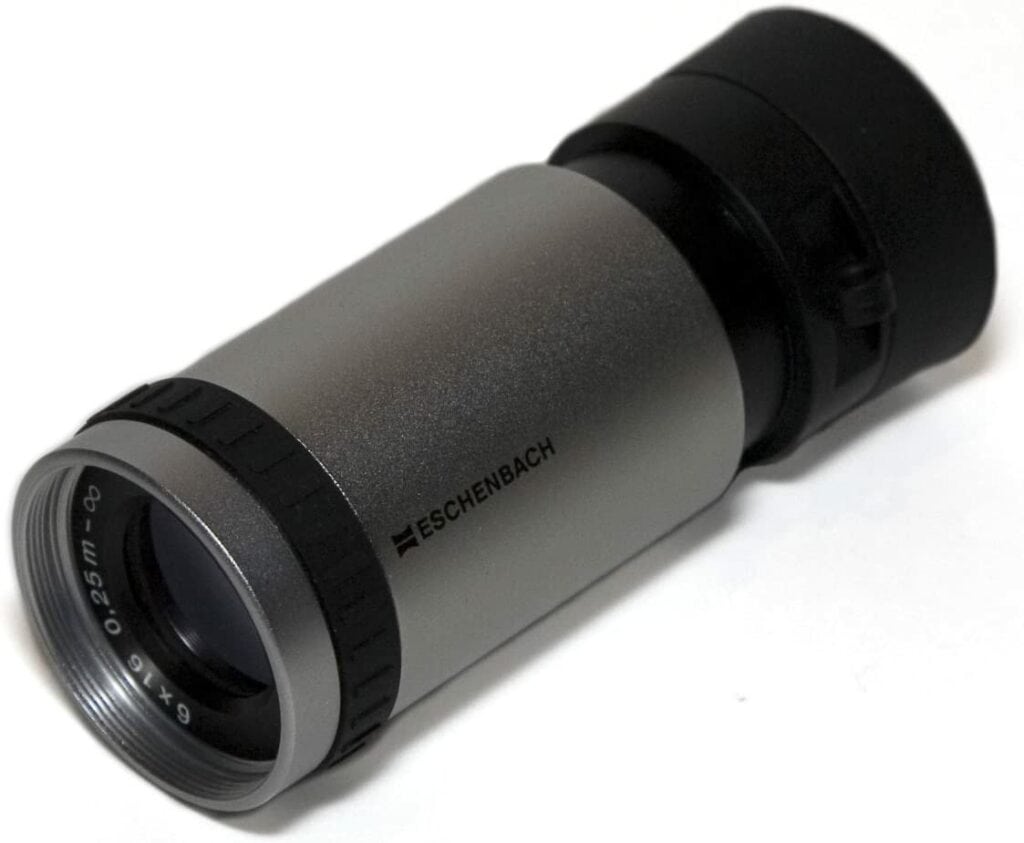
Invented in 1611 by Johannes Kepler, the Keplerian telescope uses convex lenses to widen the field of view from Galileo’s concave lens prototype. While Kepler’s invention meant higher magnification strength for telescopes, it also inverted the image.
7. Reflector Telescopes
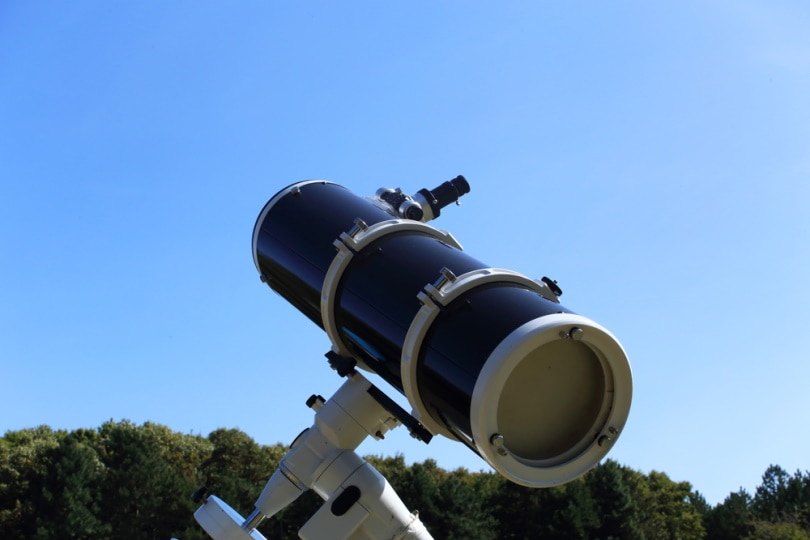
A reflector telescope is built with mirrors that elongate the focal path of the light entering it. This style was invented by Sir Isaac Newton in the 1680s and became popular due to its enhanced image clarity.
8. Newtonian Reflector

Isaac Newton’s original invention from 1668, and the basis for most reflector telescopes developed since. Light enters through a parabolic or spherical primary mirror, which bounces the light back up the telescope to a secondary plane mirror, when then sends the light to the eyepiece at a 90-degree angle. Because they are optically “fast,” they tend to be much shorter than a refractor. The absence of lenses also solves the problem of chromatic aberration.
9. Cassegrain Reflector Telescopes

A Cassegrain reflector telescope uses a series of concave and convex mirrors to fold the light path to enhance its focal length and improve magnification. A hole in the center of the primary, parabolic mirror sends light to the eyepiece.
10. Catadioptric Telescopes

The marriage of catoptric and dioptric (refractor and reflector) engineering is the catadioptric telescope. This combination is the best of both worlds, providing mirrors and lenses that better correct aberrations and provide a wider field of view. Their method of folding the light path within the telescope tube means faster optics and a shorter device.
11. Schmidt-Cassegrain Telescopes
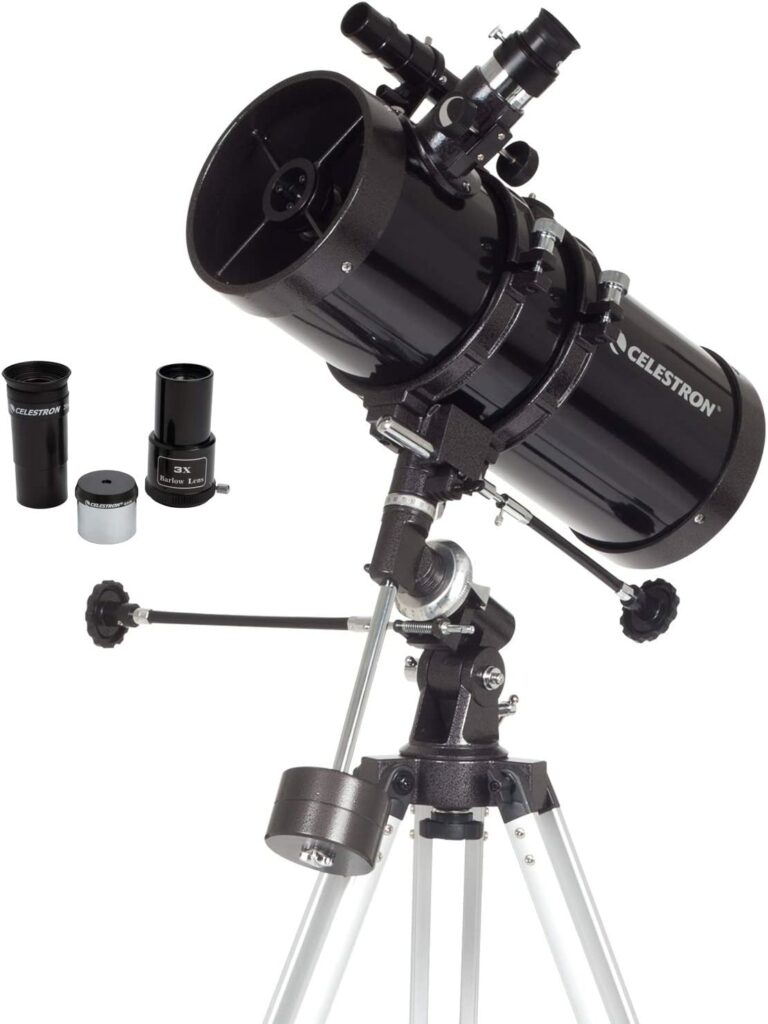
A catadioptric telescope that uses spherical mirrors and corrector plates to prevent spherical aberration. Their focal path is long, but their field of view is narrow, perfect for observing planets or for deep-sky viewing. Most catadioptric telescopes are derivatives of the Schmidt-Cassegrain telescope, or SCT.
12. Infrared Telescopes
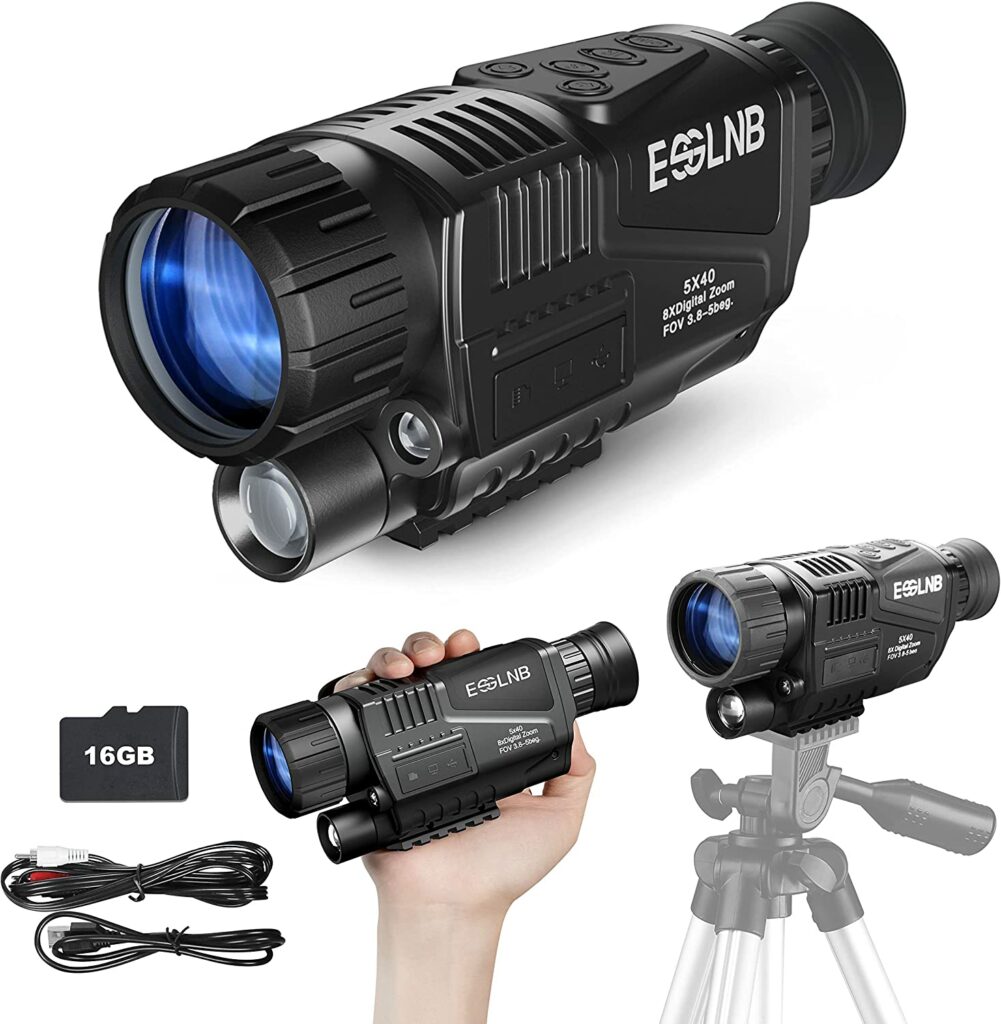
Infrared telescopes must be in a dry, high altitude environment to detect infrared space radiation without interference. These telescopes are used to gather information about our universe’s history. Because light travels for so long before it reaches Earth, it has had time to become detectable infrared radiation. This radiation dates back to the beginning of the universe, providing insights into the vast history of the cosmos.

Scientific Class Telescope Types
Not all types of telescope types are available to the general public. Even if they were, their astronomical price tags would prevent most people from buying them. These are the telescopes that fall into the scientific class, meant specifically for astronomy professionals and scientific institutions to observe the farthest reaches of the cosmos.
These telescopes have incredible powers that have pushed our knowledge of space, stars, the planets, and more, helping us to continually grow our understanding of the universe.
Scientific class telescopes are complex, large instruments that require teams of people to operate, whole buildings to fit them, and massive budgets to build. These are the telescopes at the forefront of astronomical science.
13. Ultraviolet Telescopes
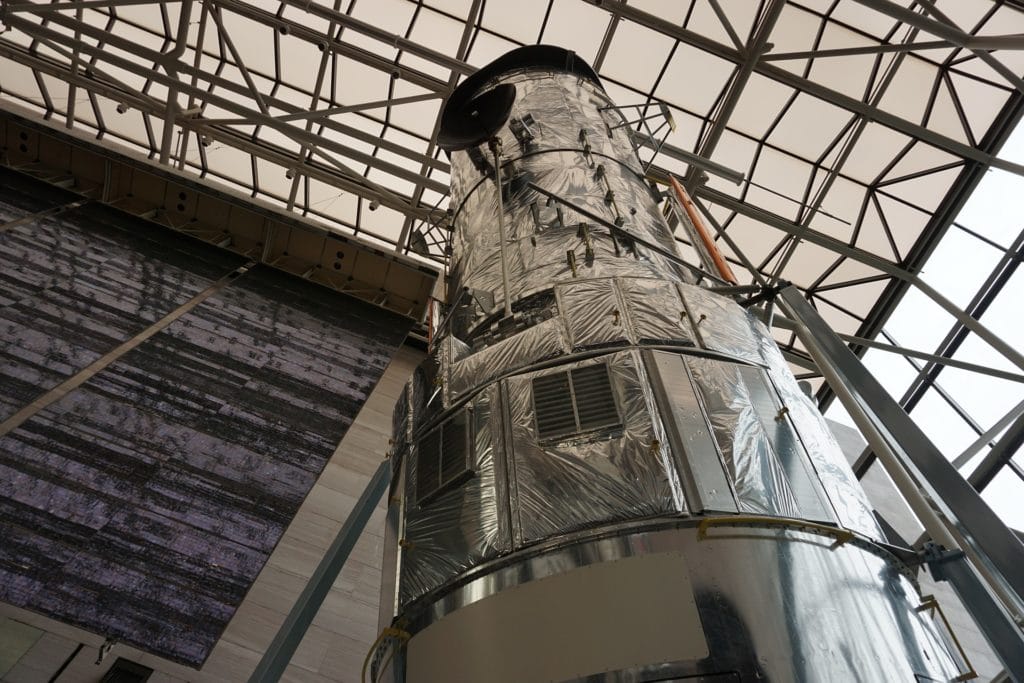
Ultraviolet telescopes can tell us a lot about the physical components of distant planets and stars. They pull UV light apart into a spectrum so that brightness can be measured at each wavelength. This reveals the presence of elements, an object’s density, and temperature. These telescopes require precision lens coating and smoothness to be effective, and because Earth’s ozone filters out UV rays, they must be mounted to satellites above the ozone layer.
14. Liquid Mirror Telescope
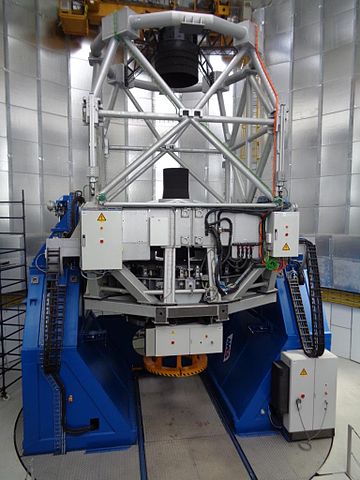
Devasthal Optical telescope, India (Image credit: Amiteshomar, Wikimedia Commons CC 4.0 Generic)
Instead of a glass mirror, a liquid mirror telescope uses a rotating dish of highly reflective liquid, usually mercury. The rotation causes a parabola effect in the liquid’s surface, which reflects light onto a non-liquid mirror for viewing. This method is used to create a telescope both quickly and inexpensively.
15. Three-Mirror Anastigmat Telescopes
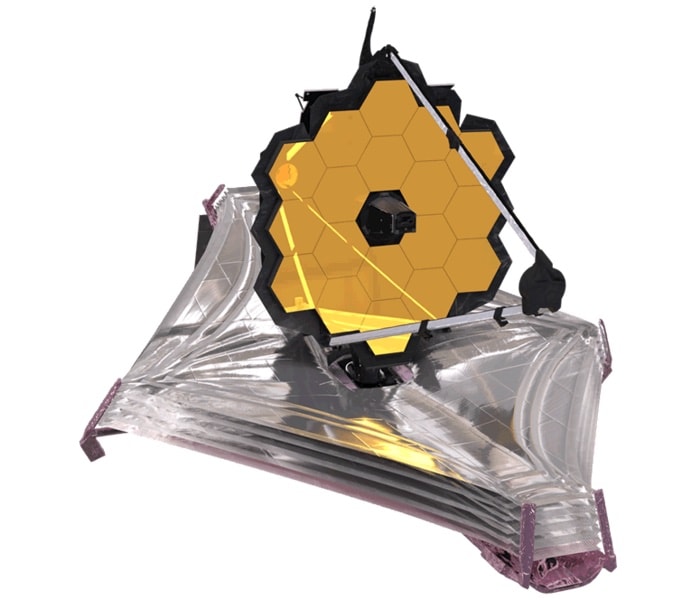
This type of telescope contains three parabolic mirrors that help correct aberrations such as spherical, astigmatism, and coma. Typically, the first mirror will correct any spherical aberrations on its own. But adding a second and third mirror eliminate the other two aberrations. Together, they widen the field of view and provide a clearer image.
16. X-Ray Telescopes

Extremely hot objects in the universe radiate X-rays, so X-ray telescopes were invented to observe the effects of huge explosions, collapsed neutron stars, and black holes. These telescopes tend to be barrel-shaped in order to harness the ricochet effect of X-rays when they strike a mirror. To detect this unfiltered radiation, X-ray telescopes must also be mounted on satellites.
17. Lensless Schmidt Telescopes

A telescope used for astrophotography. Containing a spherical primary mirror and Schmidt corrector, the device sends light to a focal point where it is captured by film. They have a wide field of view and are often used to track satellites, comets, and asteroids.
Related Read: 6 Fun and Interesting Radio Telescope Facts

Summing Up
This is a small sampling of the types of telescopes that engineers have created over the past few hundred years, and they won’t be the last. Digital technology and scientific knowledge both advances at a breathtaking pace, and new discoveries are always around the corner. Still, something is fascinating about the technology Galileo and Newton used to make their observations and discoveries so long ago. It’s also exciting to think about where technology will take us next.
- You might also be interested in: How Far Away Is Venus? How Long Would it Take to Travel There?
Table of Contents
- Consumer & Professional Class Telescopes
- The 17 Types of Telescopes:
- 1. Refractor Telescopes
- 2. Achromatic Telescopes
- 3. Apochromatic Telescopes
- 4. Superachromat Telescopes
- 5. Galileoscopes
- 6. Keplerian Telescopes
- 7. Reflector Telescopes
- 8. Newtonian Reflector
- 9. Cassegrain Reflector Telescopes
- 10. Catadioptric Telescopes
- 11. Schmidt-Cassegrain Telescopes
- 12. Infrared Telescopes
- Scientific Class Telescope Types
- Summing Up
About the Author Robert Sparks
Robert’s obsession with all things optical started early in life, when his optician father would bring home prototypes for Robert to play with. Nowadays, Robert is dedicated to helping others find the right optics for their needs. His hobbies include astronomy, astrophysics, and model building. Originally from Newark, NJ, he resides in Santa Fe, New Mexico, where the nighttime skies are filled with glittering stars.
Related Articles:
Monocular vs Telescope: Differences Explained (With Pictures)
How to Clean a Refractor Telescope: Step-by-Step Guide
How to Clean a Telescope Eyepiece: Step-by-Step Guide
How to Clean a Rifle Scope: 8 Expert Tips
What Is a Monocular Used For? 8 Common Functions
How to Clean a Telescope Mirror: 8 Expert Tips
Brightfield vs Phase Contrast Microscopy: The Differences Explained
SkyCamHD Drone Review: Pros, Cons, FAQ, & Verdict
